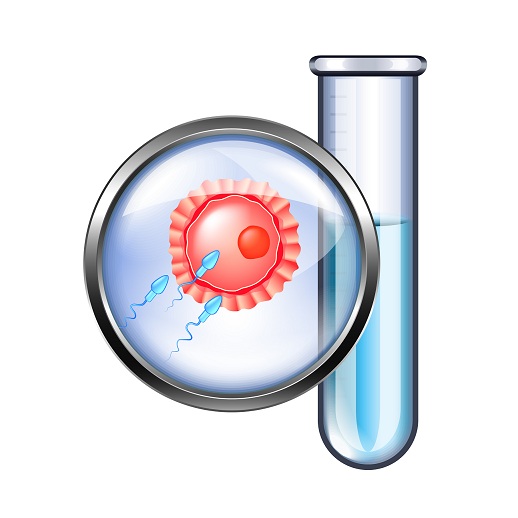In-vitro Fertilization (IVF) is an effective method to conceive a child if you are facing unexplained infertility. In this method, your egg is fertilised with your partner’s sperm outside your womb in a petri dish. IVF can be a lengthy process if you opt to go for it and it’s only important that you have a fair idea of its various stages.
The various stages of an IVF Treatment
The IVF treatment tends to vary from couple to couple, depending on the kind of problem you are facing. Before the treatment commences, your doctor will recommend certain important blood tests to ensure that you are not suffering from fatal conditions like HIV (Human Immunodeficiency Virus), Hepatitis B and C.
After the tests are done, the real process of IVF will start, and its stages are-
If you’re a woman, you’ll have to go through these:
- Your monthly cycle is first suppressed- A two-week drug treatment is offered to suppress your monthly cycle. The medicine is administered to you in the form of an injection or nasal spray.
- Your egg supply is given a boost- After the first stage is completed, you are recommended a fertility hormone called gonadotropin. You have to take this hormone for 12 days, and it effectively increases your egg production.
- General progress is recorded- During the period of drug treatment, your body’s acceptance of the hormones will be monitored through ultrasound and blood tests. About 34-38 hours before the collection of your eggs, a hormone called chorionic gonadotropin would be administered. This hormone will help your eggs mature.
- Your eggs will then be collected- Your eggs are collected with the help of A needle attached to the ultrasound probe collects your eggs from your ovary. You can experience certain side effects after the collection of your eggs such as slight vaginal bleeding and cramps. After this procedure, you are administered medication, which prepares your womb for the transfer of the embryo.
- Fertilisation of your eggs- The collected eggs are then mixed with your partner’s sperm and cultured for about 16 to 20 hours. After this process, your eggs are checked for signs of success. The fertilised eggs or the embryos are then transferred to the laboratory incubator where they are grown for the next six During this period, your embryos are carefully monitored, after which the best is then chosen to be transferred into your womb. The remaining embryos, if any, which are suitable for transfer, are stored and frozen for use in the future.
- Transfer of the embryo- 1 or 2 embryos will be transferred to your womb if you are 40 years of age. A total of 3 embryos will be transferred to your womb in case you are above 40. Most clinics recommended a single embryo transfer (SET) to reduce your risk of multiple births. Although, you may experience some discomfort during this procedure, the transfer is quite pain-free and does not require any sedation.
If you’re a man, these are the stages you’ll have to go through:
- During the time your partner’s eggs are being collected, you are asked to present a sperm sample.
- Your sperm is then washed and segregated. Only the normal and most active sperm is chosen for fertilisation.
- In case you have stored your sperm, it is removed from the storage and allowed to thaw, after which it is prepared in the same way as mentioned above.
Generally, as a couple, you’ll have to make about 2-3 attempts at IVF to achieve any success. Infertility can be quiet disappointing, which is why both of you should consult an IVF specialist before opting for this method. An IVF treatment will give you a well-deserved chance at parenthood.

